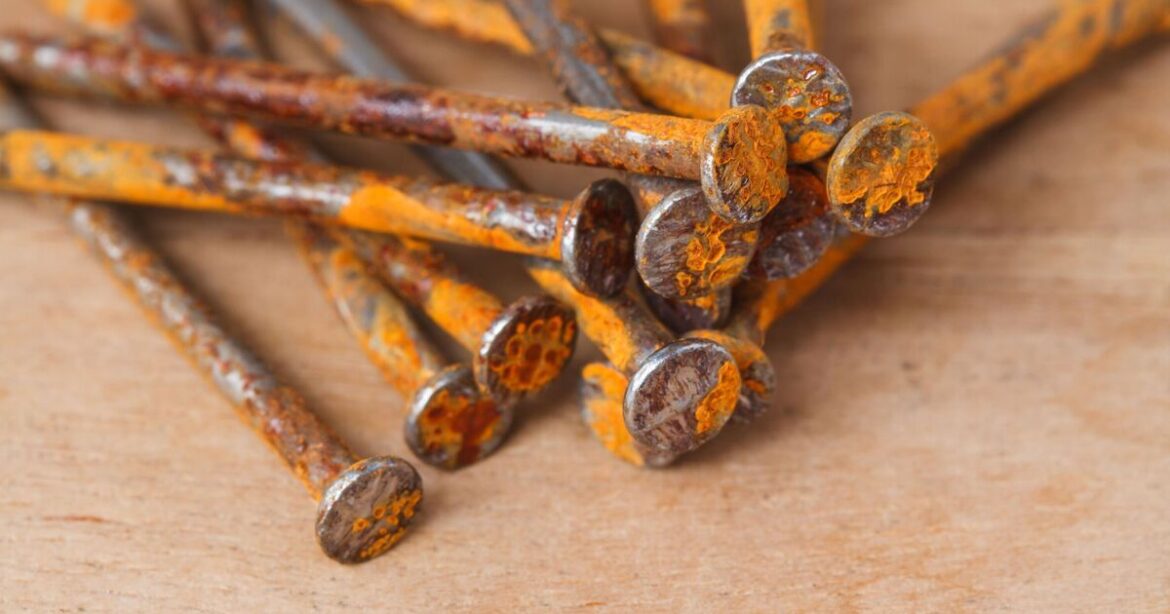A surprising houseplant hack is gaining attention among indoor gardening enthusiasts, with experts recommending the use of rusty nails to help revive struggling plants. According to Gardeningetc, and as detailed by Balcony Garden Web, rusty old nails can provide a natural source of iron for houseplants showing signs of deficiency.
These signs often include pale or yellowing leaves, slowed growth, and unexpected leaf drop. The key lies in the iron oxide found in rust, also known as ferric oxide, which forms when iron reacts with oxygen and moisture in the air.
While typically seen as a sign of decay, rust can serve as a useful nutrient source. Iron plays a crucial role in the development of chloroplasts, chlorophyll production, and overall biochemical activity in plants. Without it, photosynthesis slows down, and plants become visibly weaker and less vibrant.
“If one of your plants isn’t loving life right now, it could be that it needs an iron boost,” said Gardeningetc.
Balcony Garden Web added that “supplementing the plants with the iron oxide in nails will also help in chloroplast structure and function,” supporting healthier, greener foliage.
There are two main methods to try the rusty nail hack. One option is to create an iron-rich solution by soaking eight to ten rusty iron nails in water for about five days, until the water turns brown.
This liquid can then be poured into the soil to provide a quick nutrient boost. The second method is to insert several rusty nails directly into the potting soil around the plant, allowing the rust to release iron slowly each time the plant is watered.
This technique may be particularly useful for indoor plants such as gardenias, azaleas, ixoras, and fiddle leaf figs, which can suffer from iron deficiency if conditions are not ideal.
The method may also help slightly increase the acidity of the soil, which is beneficial for acid-loving species like ferns.
Experts advise using only plain iron nails, avoiding galvanized or coated ones that may introduce harmful substances into the soil.
While not a replacement for a complete fertilising regimen or proper care, this simple trick could help restore the health of houseplants and improve their appearance over time.

